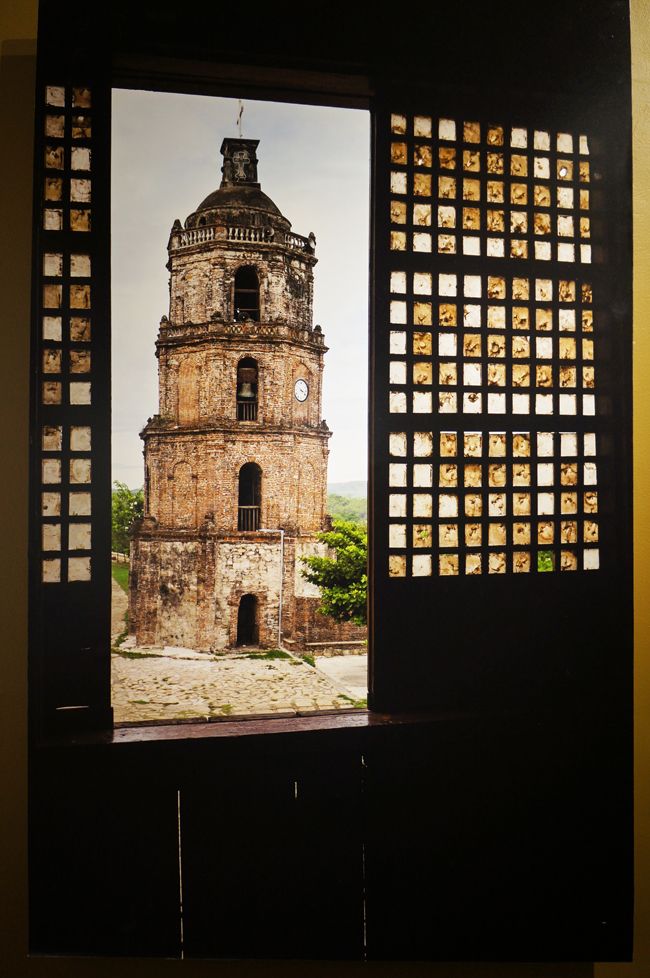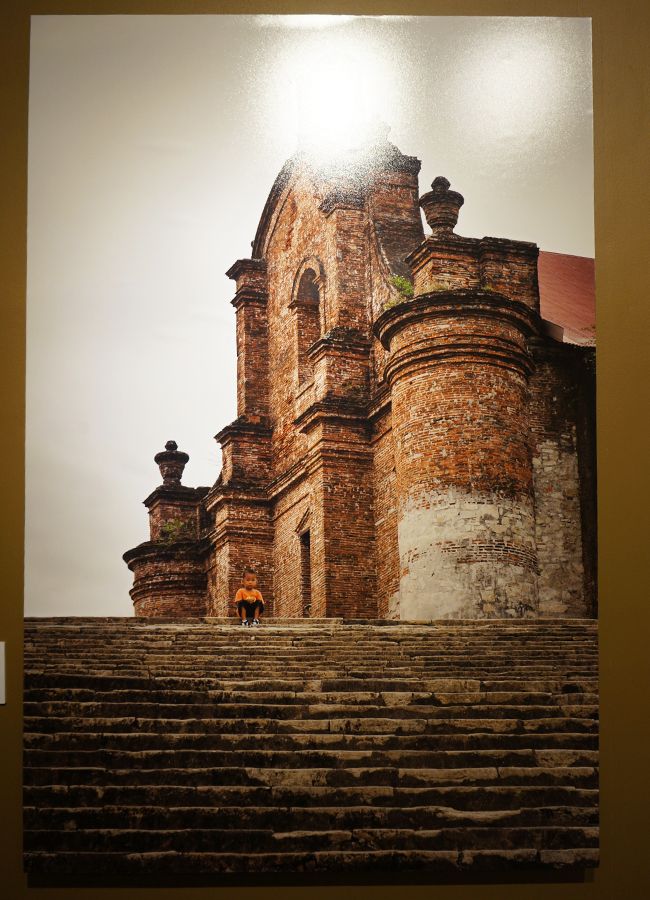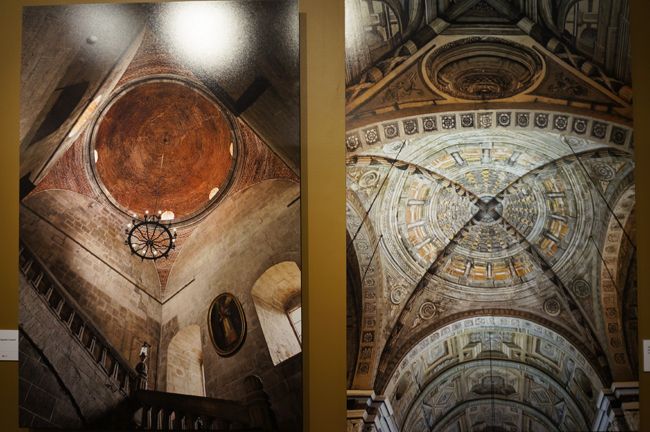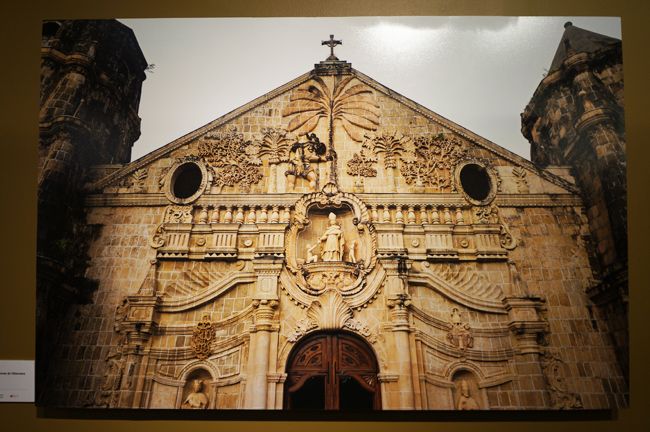Explore the Philippines’ vast Spanish colonial history for your Holy Week plans.
The Spaniards first introduced Christianity to the Filipinos in the 16th century, and since then, a significant number of churches have been built in different cities and provinces as part of the colonisers' mission to spread the religion to every island of the archipelago. Some of these places of worship still stand to this day, towering over fields of grass, or hiding amongst impressive structures made of steel and glass. In the Philippines particularly, four churches that were built by Spanish religious orders have been declared by the UNESCO as World Heritage Sites, and are thus important markers of Filipino history. In observance of Holy Week, pilgrims may want to explore these Baroque-style churches, and see their magnificence for themselves.

Church of San Agustin in Paoay, Ilocos Norte
In the far north of the country stands a heritage site amidst sprawling green lawn and brick walkways. Started in 1694 and completed in 1710, the Paoay Church is quite a sight to behold, with 24 massive coral-block buttresses flanking the sides and back of the main edifice. The ornate stone finials sitting atop the structure makes up for its plain façade at the bottom, giving it a slightly oriental appearance. A few metres away from the main church stands the three-storey bell tower, which is said to have been used as an observational post by Filipino revolutionaries during the uprising against the Spaniards in 1898, and by the Filipino guerillas who were fighting against Japanese soldiers in World War II.






